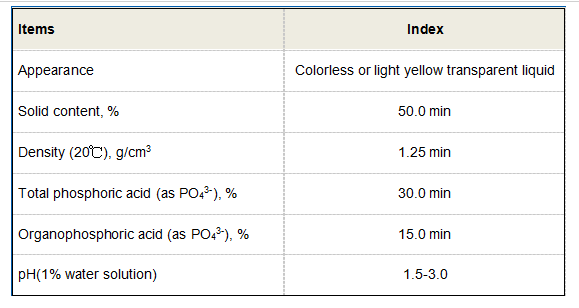poly aluminium chloride in wastewater treatment
The Role of Poly Aluminium Chloride in Wastewater Treatment
In the quest for sustainable and effective wastewater treatment solutions, the use of coagulants has gained significant attention. One such coagulant, Poly Aluminium Chloride (PAC), has emerged as a preferred choice in various treatment processes due to its effectiveness in removing impurities from water. This article explores the properties, application, and benefits of PAC in wastewater treatment systems.
Understanding Poly Aluminium Chloride
Poly Aluminium Chloride is an inorganic polymer that consists of aluminum and chlorine. Unlike traditional alum, PAC has a higher molecular weight and is characterized by its numerous hydroxyl groups bound to aluminum ions. This unique structure provides PAC with a greater ability to form complexes with various contaminants in water, which is crucial for effective coagulation and flocculation processes.
Mechanism of Action
The treatment of wastewater using PAC involves several key processes coagulation, flocculation, and sedimentation. During coagulation, PAC molecules destabilize charged particles within the water, causing them to aggregate into larger clusters, or flocs. This is due to the neutralization of charges on suspended solids by the aluminum ions present in PAC. Following coagulation, the process of flocculation encourages these micro-flocs to combine and form larger aggregates, which can then be easily removed through sedimentation or filtration. The efficiency of PAC can lead to improved removal rates of turbidity, heavy metals, and organic compounds.
Application in Wastewater Treatment
poly aluminium chloride in wastewater treatment

PAC is widely used in municipal and industrial wastewater treatment facilities. Its application extends to the treatment of drinking water, industrial effluents, and wastewater from various industries, including paper manufacturing, textile production, and food processing. In municipal settings, PAC is often utilized in the primary stages of treatment to manage large volumes of water effectively. Its use is especially beneficial in regions with high turbidity or varying water quality.
In industrial applications, PAC can also aid in the removal of specific pollutants. For example, in the textile industry, it efficiently binds to dyes, facilitating their removal from wastewater streams. In the food industry, PAC assists in clarifying process water, enhancing both the quality and safety of final products.
Environmental Benefits
The adoption of PAC in wastewater treatment presents several environmental benefits. First and foremost, its efficiency reduces the overall volume of sludge generated during the treatment process. Less sludge not only lowers disposal costs but also minimizes the environmental impact associated with sludge handling.
Furthermore, PAC can often work effectively at lower dosages compared to traditional coagulants, contributing to increased cost savings for treatment facilities. The reduced chemical footprint associated with PAC not only makes it economically favorable but also aligns with sustainability goals by minimizing chemical usage and related waste.
Conclusion
Poly Aluminium Chloride has proven to be an essential coagulant in the wastewater treatment sector, combining effectiveness with environmental sustainability. Its ability to enhance the coagulation and flocculation processes makes it invaluable for both municipal and industrial water treatment applications. As regulations surrounding water quality continue to tighten and environmental concerns rise, the demand for efficient and eco-friendly solutions like PAC will undoubtedly grow. By investing in such advanced treatment technologies, industries and municipalities alike can play their part in safeguarding water resources for future generations.
-
Water Treatment with Flocculant Water TreatmentNewsJun.12,2025
-
Polymaleic AnhydrideNewsJun.12,2025
-
Polyaspartic AcidNewsJun.12,2025
-
Enhance Industrial Processes with IsothiazolinonesNewsJun.12,2025
-
Enhance Industrial Processes with PBTCA SolutionsNewsJun.12,2025
-
Dodecyldimethylbenzylammonium Chloride SolutionsNewsJun.12,2025





